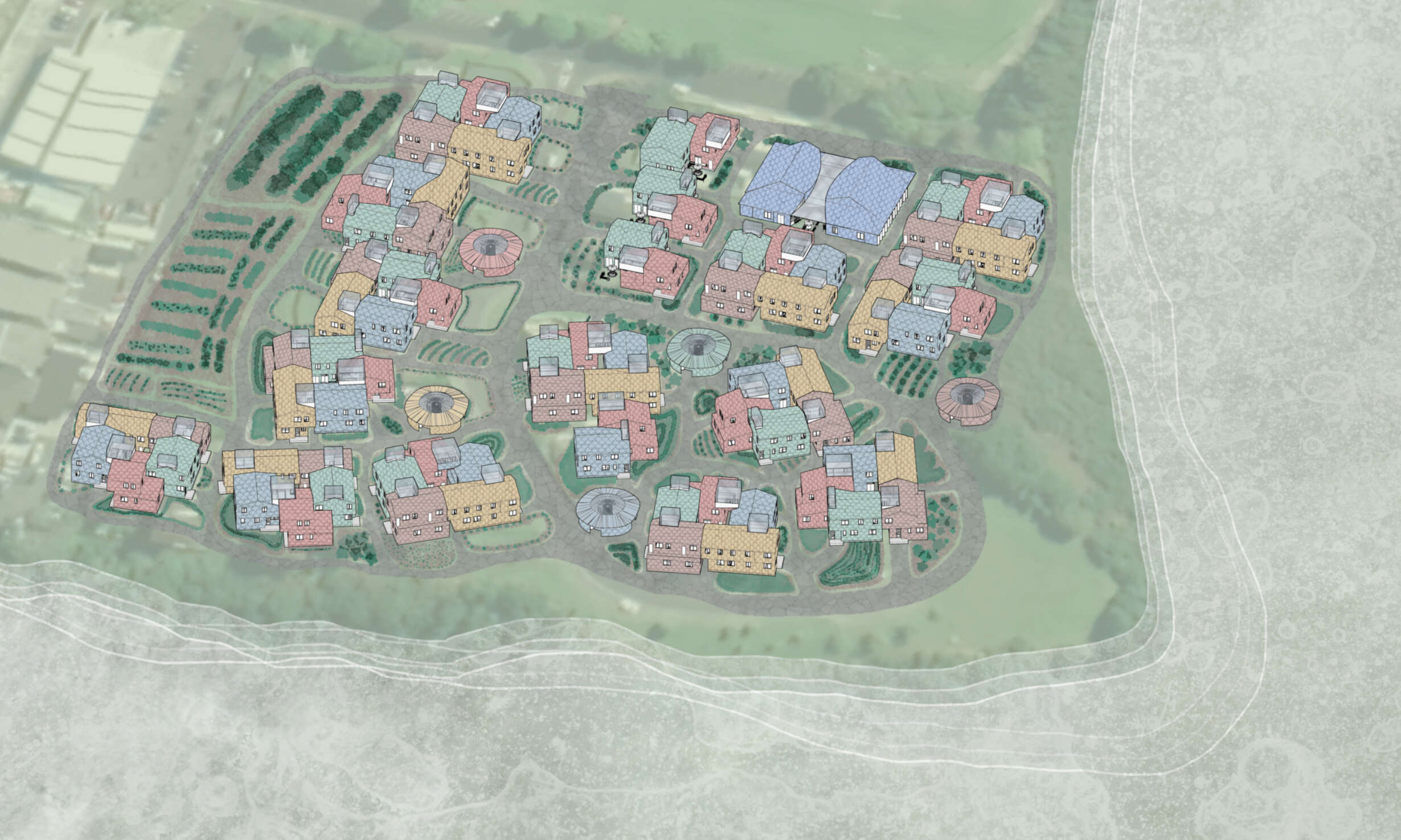The Bioresidency
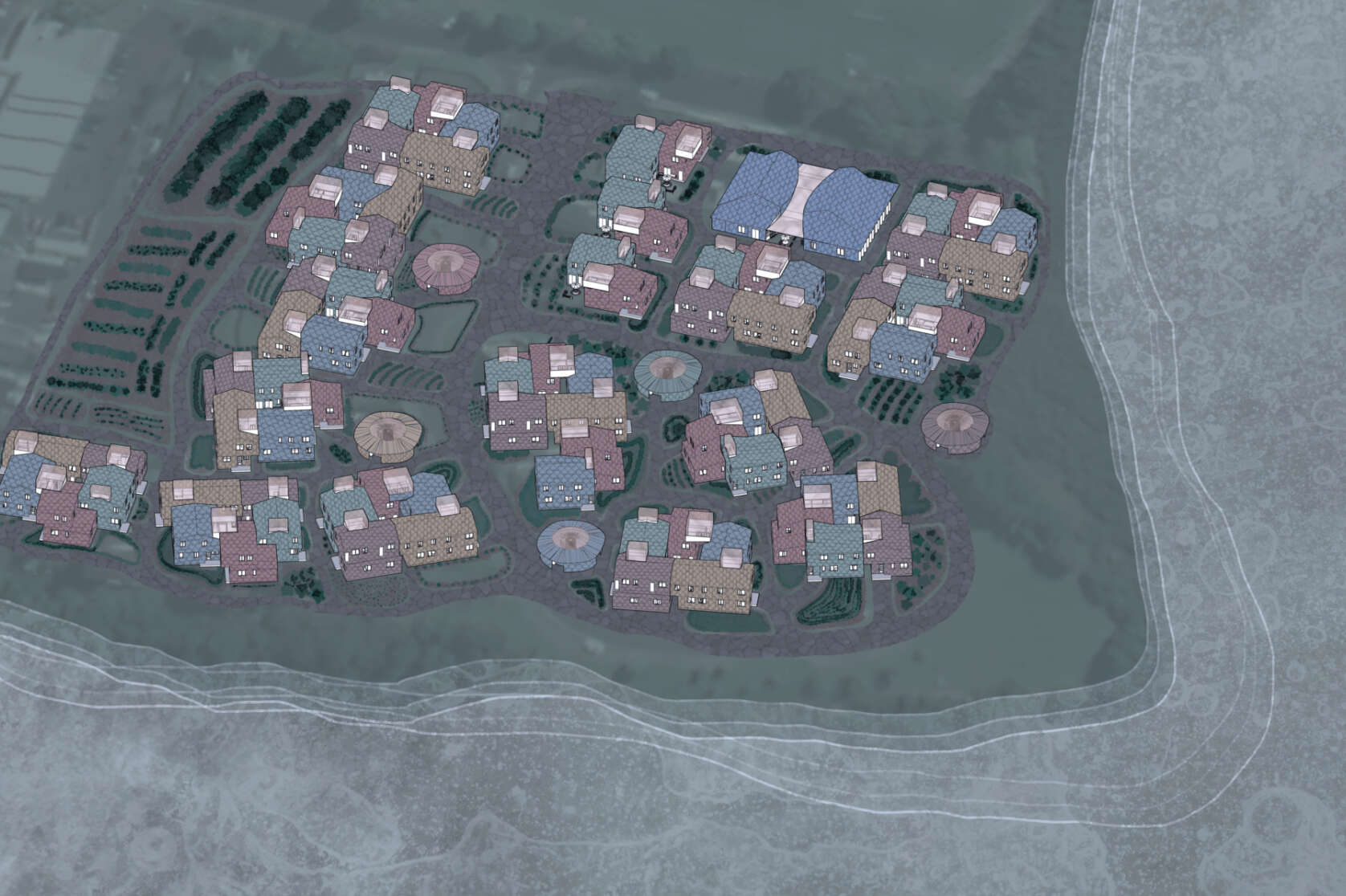
Experimental bioplastic as an alternative building material. Answering how can a community be actively involved in making their own material to contribute to improving the built environment?






Experimental bioplastic as an alternative building material. Answering how can a community be actively involved in making their own material to contribute to improving the built environment?
This study seeks to identify an architectural response to New Zealand’s suburban development - helping society make a ‘home’ and work together to reduce our negative impact on the world.
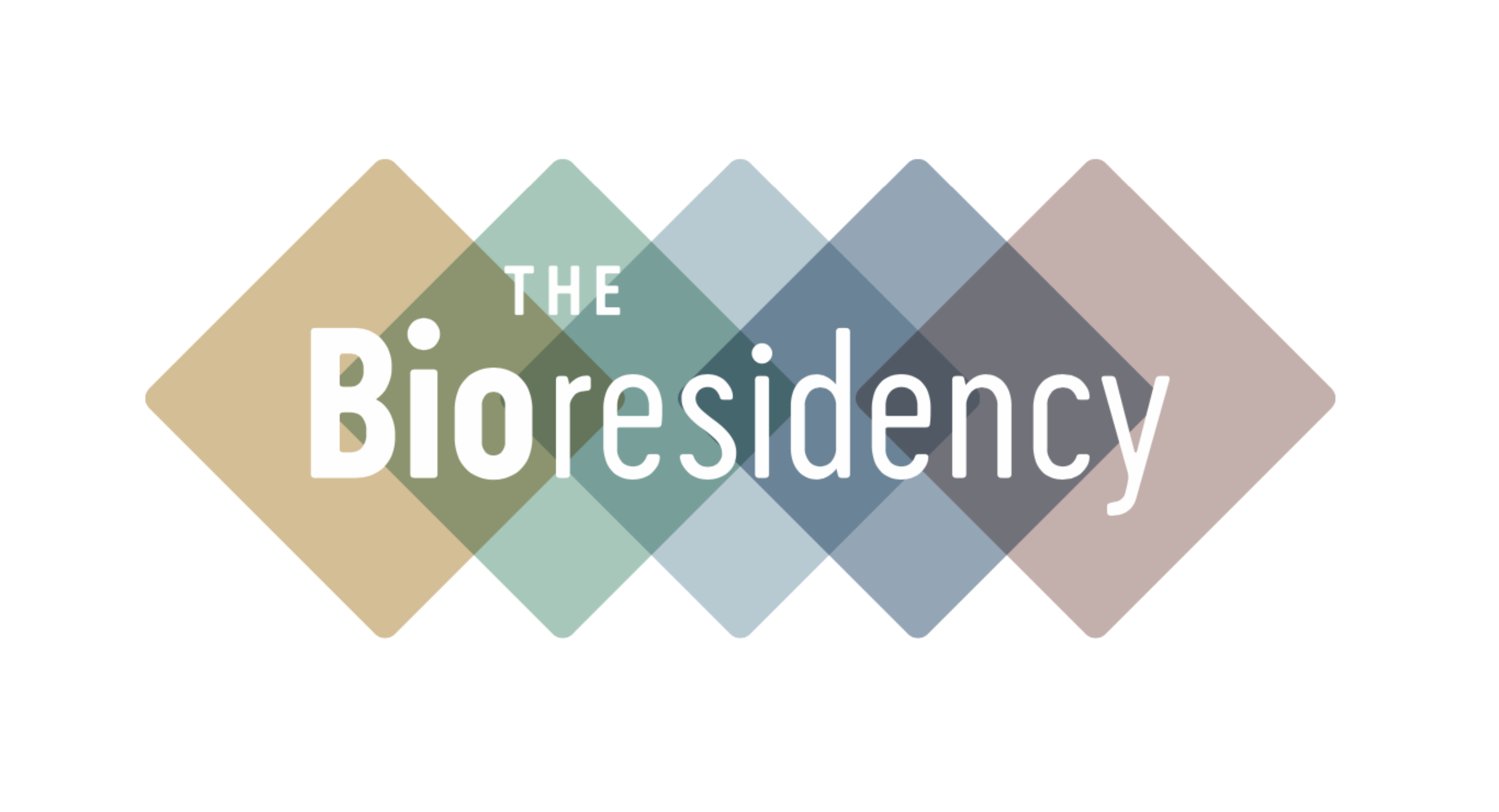
Understanding Residence: Investigation into what it means to have a modern-day 'home' versus a 'residence' through different points of view. Whilst different in definition, combining elements of both would provide an interesting and beneficial approach to suburban development.
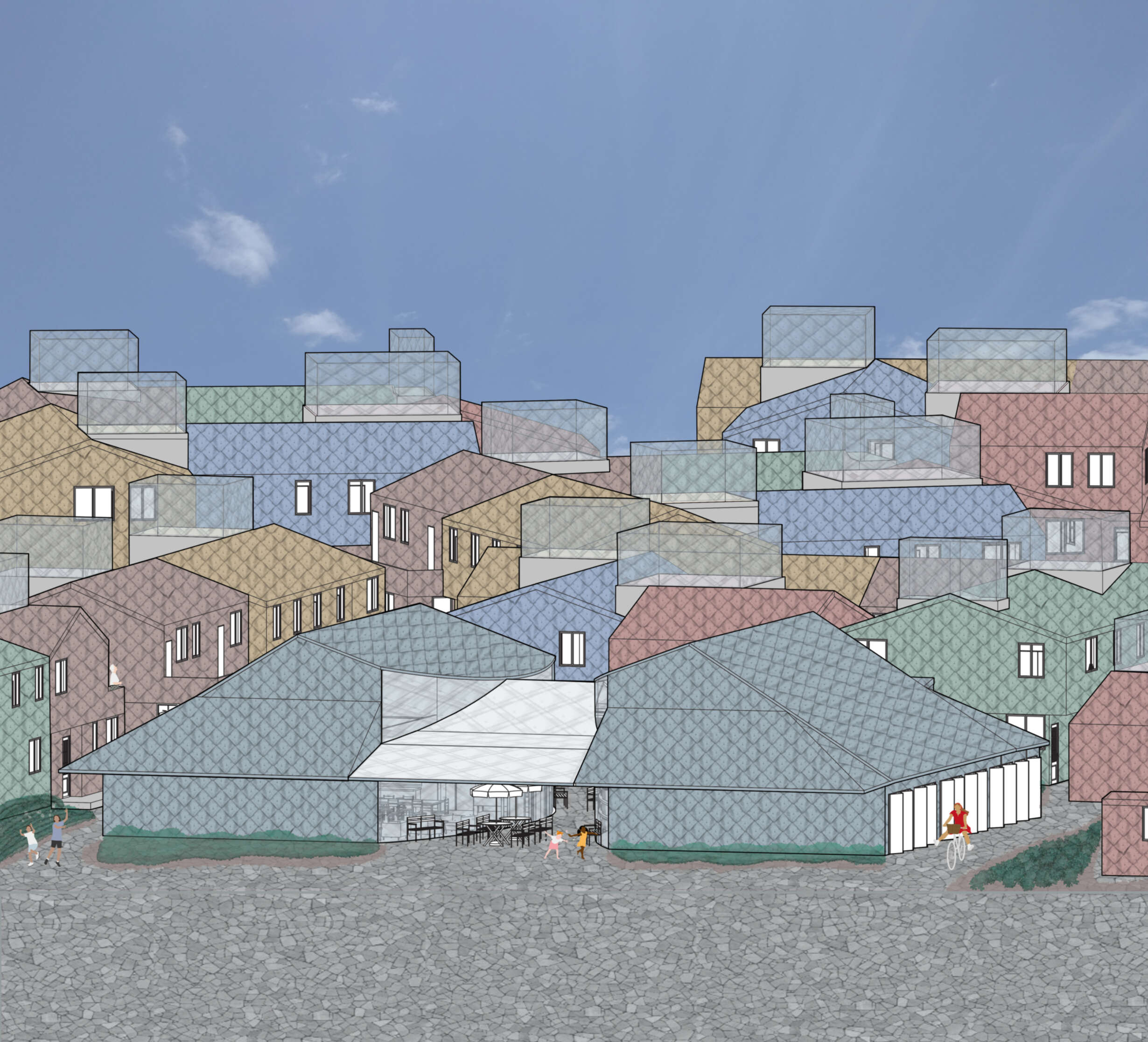
Residence Lost: Exploration of factors having a negative impact on the concept of having a home through the context of waste. Waste is defined as things that are not utilised effectively and things that are discarded because they no longer have value. Included are both tangible, such as construction waste and intangible, such as wasted human potential. In New Zealand, demand for housing and a lack of land to develop is seeing residential sections divided up into smaller and smaller plots. Leftover outdoor spaces are often limited to tiny courtyards and parking for personal cars.
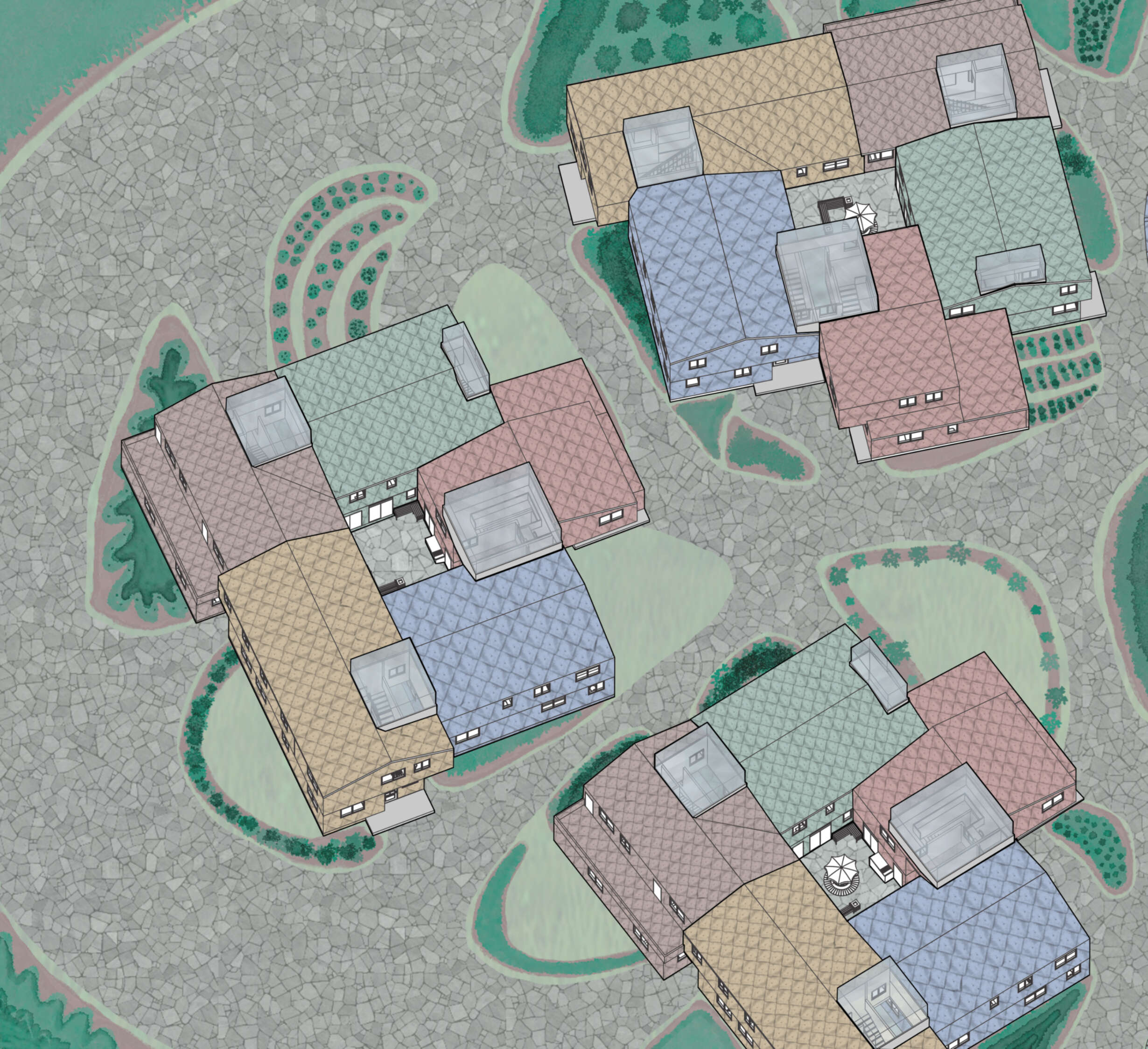
Residence Found: These topics of research have been used to consider how an alternative approach to suburban development could play out. Learning from what was good in the past and subsequent undesirable outcomes, along with developments in sustainability and technology informs the approach to this thesis. Disruption of the traditional car ownership model and a contemporary view of suburban life could enable the freeing up of land for more efficient housing intensification as well as social integration through a shared purpose.
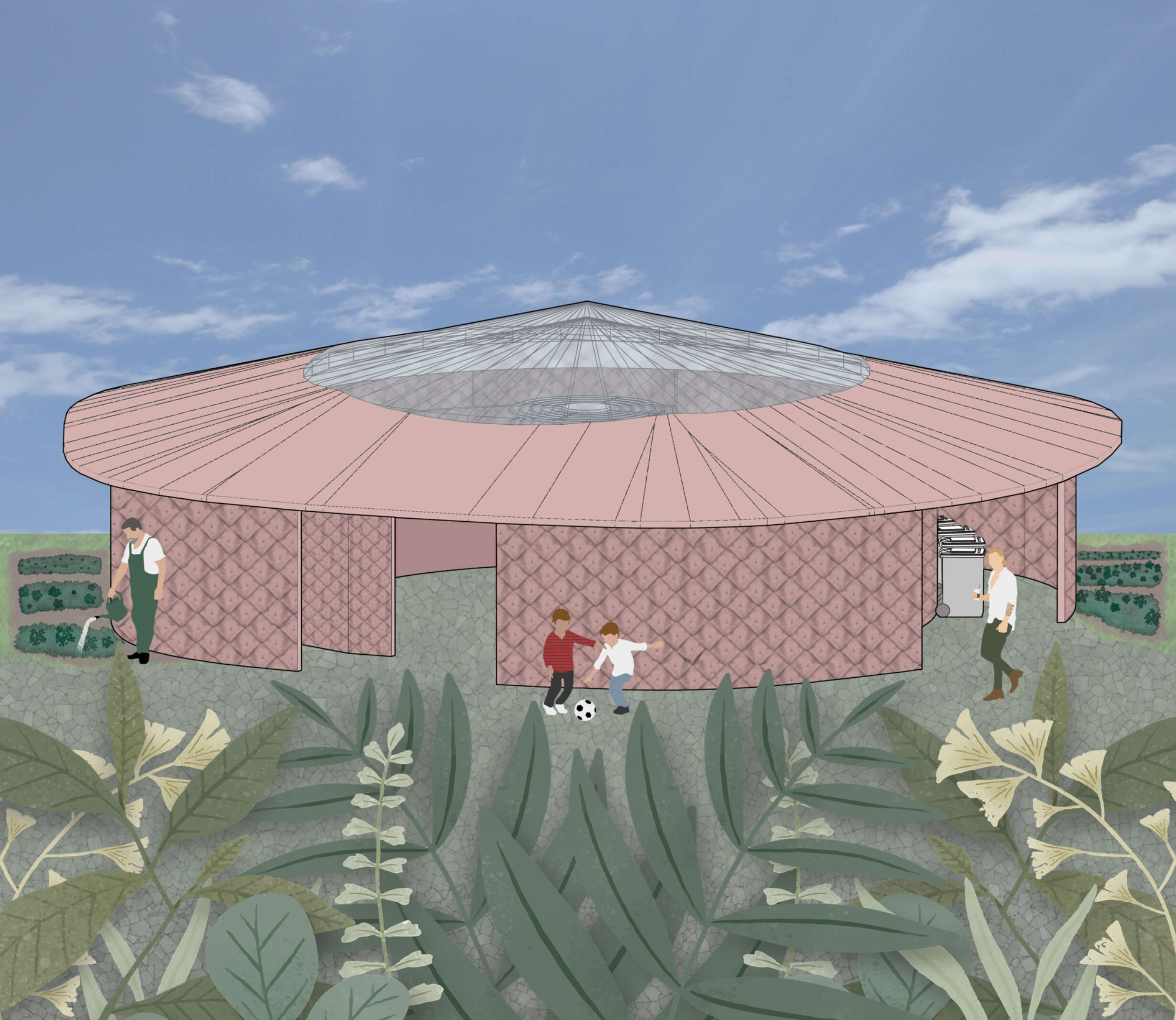
Discovery and Process dealt with investigating different types of waste, glorifying the materials by highlighting their potential transformational journey towards becoming another valuable resource. Tactile exploration alongside literary research helped reveal that a better solution would be to develop new sustainable materials right from the beginning with natural raw ingredients, environmentally friendly production processes and built-in regenerative capabilities.

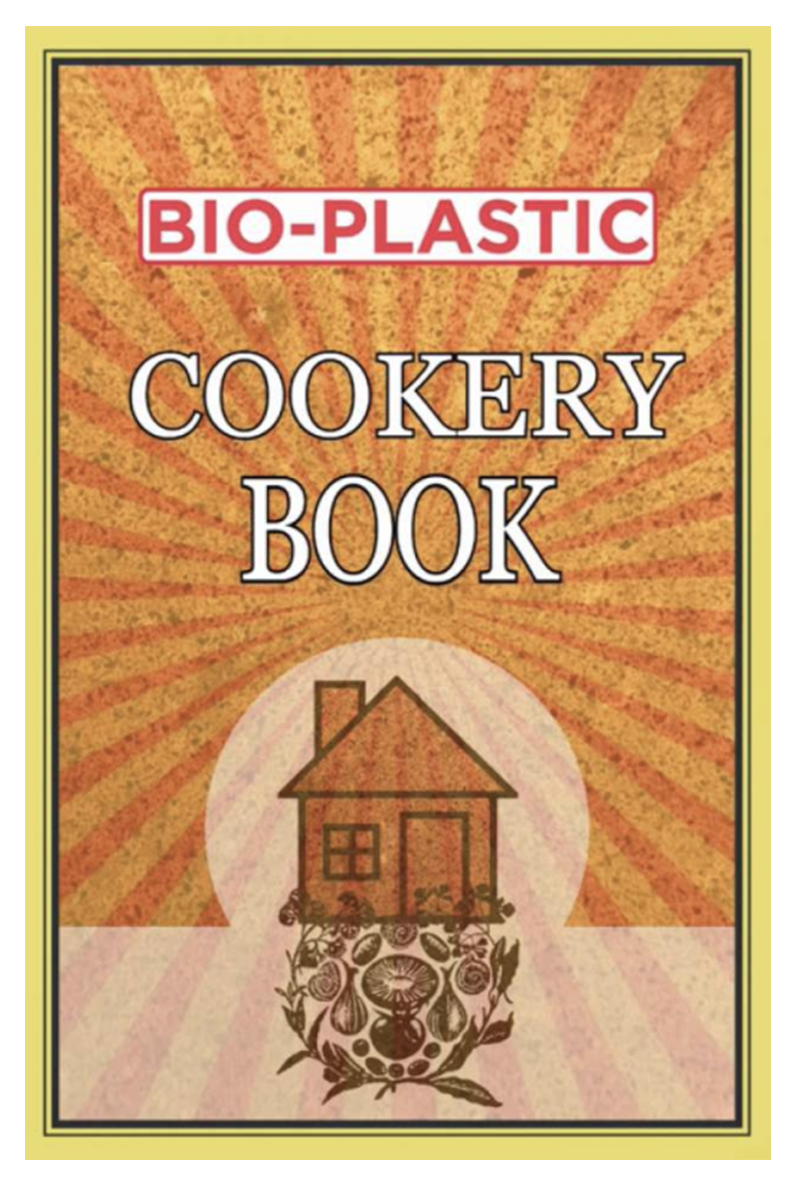
The Bioresidency: The final design concept shows how a typical suburb could look, feel and function in 30 years time. The result is an imagined renewal of Riverglade Parkway, an existing subdivision in Te Atatu South. A hypothetical collaboration between Auckland City Council, Auckland University and BRANZ has facilitated the development of the site. This includes the intensification of houses into clusters based around pairs of existing buildings utilising space previously used for garages and car parking. The key feature of the community is a Bioplastic Research and Manufacturing Centre. Community residents have the opportunity to be involved in the production of bioplastic tiles which are used for cladding and roofing the newly developed buildings.
